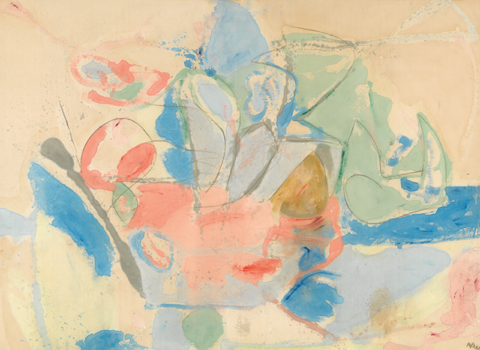George Saunders is the most humane American writer working today. He need not ask, as Sheila Heti did in the title of her novel, how a person should be. He knows. A person should be courageous and hopeful, generous and kind. A person should sacrifice herself for the good of those who are more vulnerable. A person should live in the knowledge that life is suffering, and that the most, or least, she can do is attempt to ameliorate the suffering of others. And — this is where it gets interesting — a story should be as compassionate as a person.…
Sign in to access Harper’s Magazine
We've recently updated our website to make signing in easier and more secure
Sign in to Harper's
Hi there.
You have
1
free
article
this month.
Connect to your subscription or subscribe for full access
You've reached your free article limit for this
month.
Connect to your subscription or subscribe for full access
Thanks for being a subscriber!
Get Access to Print and Digital for
$23.99 per year.
Subscribe for Full Access
Subscribe for Full Access








































































































